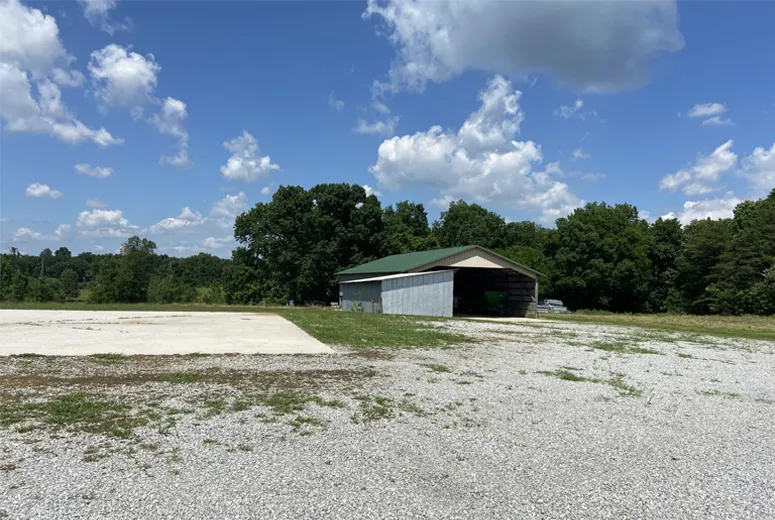- Afrikaans
- Albanian
- Amharic
- Arabic
- Armenian
- Azerbaijani
- Basque
- Belarusian
- Bengali
- Bosnian
- Bulgarian
- Catalan
- Cebuano
- Corsican
- Croatian
- Czech
- Danish
- Dutch
- English
- Esperanto
- Estonian
- Finnish
- French
- Frisian
- Galician
- Georgian
- German
- Greek
- Gujarati
- Haitian Creole
- hausa
- hawaiian
- Hebrew
- Hindi
- Miao
- Hungarian
- Icelandic
- igbo
- Indonesian
- irish
- Italian
- Japanese
- Javanese
- Kannada
- kazakh
- Khmer
- Rwandese
- Korean
- Kurdish
- Kyrgyz
- Lao
- Latin
- Latvian
- Lithuanian
- Luxembourgish
- Macedonian
- Malgashi
- Malay
- Malayalam
- Maltese
- Maori
- Marathi
- Mongolian
- Myanmar
- Nepali
- Norwegian
- Norwegian
- Occitan
- Pashto
- Persian
- Polish
- Portuguese
- Punjabi
- Romanian
- Russian
- Samoan
- Scottish Gaelic
- Serbian
- Sesotho
- Shona
- Sindhi
- Sinhala
- Slovak
- Slovenian
- Somali
- Spanish
- Sundanese
- Swahili
- Swedish
- Tagalog
- Tajik
- Tamil
- Tatar
- Telugu
- Thai
- Turkish
- Turkmen
- Ukrainian
- Urdu
- Uighur
- Uzbek
- Vietnamese
- Welsh
- Bantu
- Yiddish
- Yoruba
- Zulu
lis . 30, 2024 10:23 Back to list
Steel Frame Building Construction A Modern Approach to Structural Integrity
In the realm of modern architecture and construction, steel frame buildings have emerged as a quintessential solution for creating durable and efficient structures. This method of construction leverages the inherent strengths and versatility of steel, offering a myriad of advantages that traditional materials simply cannot match. In this article, we will delve into the fundamentals of steel frame construction, its benefits, applications, and the future of this innovative building technique.
Understanding Steel Frame Construction
At its core, steel frame construction involves the use of a skeleton of steel columns, beams, and a floor system that supports the building's load. This framework allows for large open spaces and facilitates the construction of multi-story structures without the need for numerous supporting walls. The rigidity of the steel frame provides stability and strength, which is essential for withstanding various forces such as wind, earthquakes, and even the weight of the building materials themselves.
Advantages of Steel Frame Construction
1. Strength and Durability Steel is known for its high strength-to-weight ratio, meaning it can support heavy loads while remaining relatively lightweight. This characteristic is crucial for tall buildings or structures that require large spans without the need for excessive support columns.
2. Flexibility in Design Architects appreciate the flexibility offered by steel frameworks. The ability to create large open spaces without obstructions enables imaginative architectural designs that enhance aesthetic appeal and functionality. This flexibility is particularly beneficial for commercial spaces, where large floor areas are often desired.
3. Speed of Construction Steel components can be prefabricated in a factory setting, allowing for faster assembly on-site. This rapid construction process not only reduces labor costs but also allows for quicker occupancy, maximizing return on investment for commercial projects.
4. Sustainability Steel is 100% recyclable, making it an environmentally friendly choice for construction. Many steel frame buildings incorporate sustainable practices, such as the use of recycled steel and energy-efficient designs, contributing to overall building sustainability.
5. Resistance to Natural Disasters Structures built with steel frames often perform better in natural disasters such as earthquakes and hurricanes. The flexibility and strength of steel allow buildings to absorb and dissipate energy from seismic activities, reducing the risk of catastrophic failure.
steel frame building construction

Applications of Steel Frame Construction
Steel frame construction is widely used in various types of buildings, from commercial to residential. Skyscrapers, office buildings, warehouses, and schools are just a few examples where steel frames are exceptionally beneficial. In urban areas, where space is limited and the demand for high-density buildings is increasing, steel frame construction provides an ideal solution.
Moreover, the method is also gaining traction in the construction of green buildings and structures aimed at achieving high sustainability ratings, such as LEED certification. The ability to use recycled materials and the potential for energy-efficient designs align perfectly with sustainable building initiatives.
The Future of Steel Frame Construction
As technology advances, so does the field of steel frame construction. Innovative techniques such as modular construction, where entire sections of a building are fabricated off-site and then assembled, are gaining popularity. This approach not only further streamlines the construction process but also enhances quality control and reduces waste.
Additionally, advancements in design software and Building Information Modeling (BIM) are transforming the planning and execution of steel structures. These tools enable better visualization, increased efficiency, and enhanced collaboration among architects, engineers, and contractors.
The integration of smart technologies into steel frame buildings is also on the rise. From automated systems for energy management to advanced safety features, the future of construction is leaning towards intelligent structures that can adapt and respond to their environment.
Conclusion
Steel frame construction is not just a trend; it’s a vital component of modern architecture that offers strength, flexibility, and sustainability. As the demand for innovative buildings continues to rise, steel frame construction stands out as a reliable solution poised to meet both current and future needs of the industry. With ongoing advancements in technology and sustainability, steel frame buildings will continue to define skylines and reshape our built environment for years to come.
-
Cold Formed Steel Residential Framing
NewsMay.21,2025
-
Innovative Steel Structure Building Solutions
NewsMay.19,2025
-
Innovative Prefab Metal Shed Solutions
NewsMay.19,2025
-
Durable Steel Horse Shelter Solutions
NewsMay.19,2025
-
Durable Metal Shed Solutions
NewsMay.19,2025
-
Durable Big Metal Shed Solutions
NewsMay.19,2025
Products categories
Our Latest News
We have a professional design team and an excellent production and construction team.












